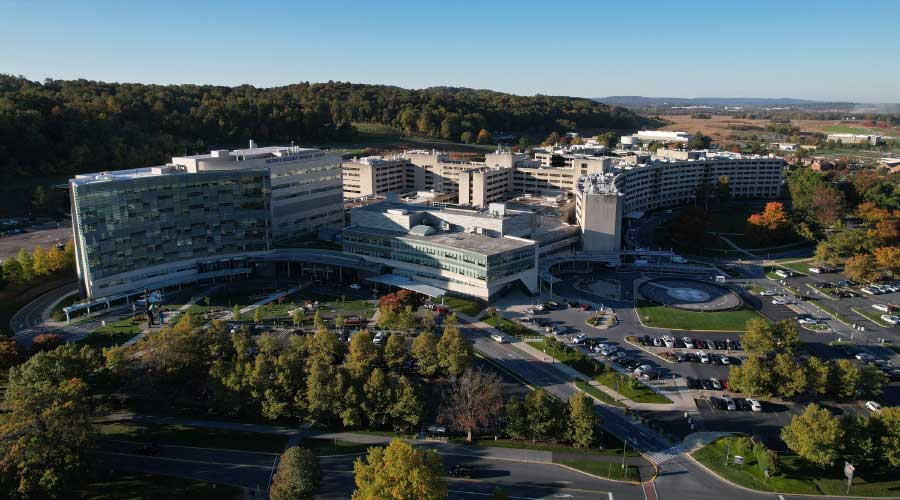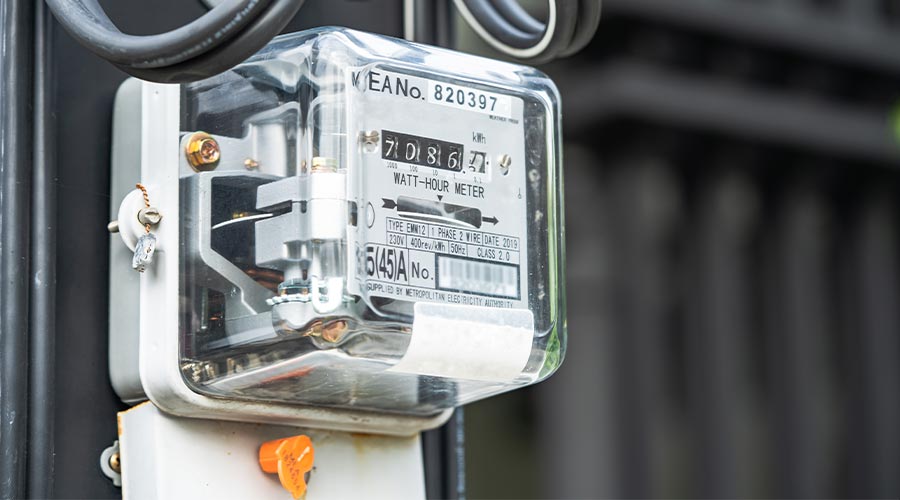Converting Power from AC to DC Offers Many Benefits
Two critical aspects of the current electrical infrastructure involve solutions that improve energy efficiency by minimizing losses related to converting AC power to DC power.
First, if electrical systems can convert AC power upstream of individual devices, the means and size of these converters become more efficient and cost-effective. Second, by avoiding the need to convert power generated or stored as DC to AC for building distribution — or otherwise using it in its native DC form — facilities can avoid significant additional conversion losses. The simple axiom is to convert AC to DC once instead of multiple times, as well as to use DC power without conversion for on-site renewable-energy generation.
By making thoughtful, deliberate changes in the number and level of power conversions in systems with a keener eye on the needs at the device level, managers and their organizations can realize significant benefits:
Energy savings. While the amount of savings in electrical energy is somewhat difficult to completely capture, a Yale University research estimate puts the annual potential reduction at more than 8 percent of the total national electricity load, or about 400 million kilowatt hours per year. This estimate does not take into account additional energy savings resulting from lower cooling loads in buildings that use fewer electronic-conversion devices.
Renewable-energy integration. DC microgrids eliminate the need for multiple inverters and converters and, as a result, facilitate simpler and more energy-efficient coupling of distributed alternative- and renewable-energy generators — solar and wind power, fuel cells, etc. — that natively produce DC power. Multiple distributed-source generators coupled onto a common DC bus can make it easier and more efficient to use site-based alternative energy, according to industry-sponsored research at the Electric Power Research Institute (EPRI). It also allows the harvesting of even small amounts of energy without the cost of inverters and other expensive, difficult-to-maintain circuit-protection devices. Phase correction, filtering and line balancing typically are not important considerations when using DC collection and distribution buses.
Energy storage. Local energy storage will be essential to the more widespread use of non-dispatchable — intermittent — distributed-energy generators. The distributed-bus architecture of DC microgrids allows the simpler, more energy-efficient coupling of natively DC electricity storage using such devices as batteries and ultra-capacitors.
Control and monitoring. Most modern controls, sensors and monitoring systems natively run on DC current and are digital or microprocessor based. So the use of DC microgrids greatly simplifies the electronics involved with electrical and energy-system control and monitoring by eliminating the need to convert AC power for operation.
System reliability. The intrinsic redundant, disaggregated topology of DC microgrid networks assures a higher level of service reliability. The public grid and individual microgrids can be isolated from one another during other dynamic and damaging linear-failure events and disturbances. The reduction in subsystem and device-level power conversion and inversion improves the mean-time-to-failure levels in equipment.
Electric-vehicle (EV) integration. As battery-powered and plug-in hybrid EVs begin to populate more facilities' fleets, plug-in charging and the potential use of EVs to provide supplemental storage or electricity back-up capability are likely to increase. As a result, electric power grids will need to accommodate this shift in energy distribution and use. Since these vehicles run on pure and modulated DC electrical systems, DC microgrids will more easily provide for their needs related to charging — including fast DC charging — and storage connectivity, again with fewer wasteful power conversion and inversion steps.
Related Topics:














